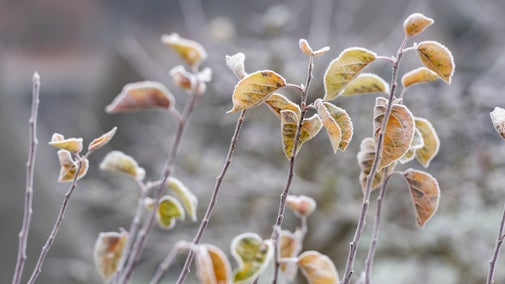
Discover more at Biddulph Grange Garden
Find out when Biddulph Grange Garden is open, how to get here, the things to see and do and more.

Through tunnels, passageways and intriguing gaps in hedges, there’s something to see around every corner at Biddulph Grange Garden. With so much variation in the planting, it’s always a great time to explore this quirky, playful Victorian paradise.
The garden is laid out in a unique small compartment design, also known as garden rooms. Each of these rooms, separated by yew hedging, rockwork and tunnels has its own microclimate, perfect for the historic plant collection.
The various trees and shrubs around the garden come from all over the world, from a Chinese Golden Larch, rhododendrons from America and Monkey Puzzle Trees from Chile just to name a few.
The garden is also home to unusual features including a Geological Gallery and Grade II listed sculptures.
Hidden away in the heart of the garden, is its most iconic space. The China Garden is packed with impressive features including a replica of the Great Wall of China, a bright red pagoda and bridge and a golden water buffalo statue. In autumn, the acers provide a blaze of bright reds and oranges with a shot of golden yellow provided by the Golden Larch, the oldest in the country.
Featured on the BBC’s “Monty Don’s Great British Gardens” and a favourite among returning visitors, don’t forget to take a trip to China on your next visit.
Simple in design but impressive in execution. Dominated by an ancient Egyptian pyramid and flanked by two obelisks, recreated entirely from clipped yew, the Egyptian Court is a must see for any visitor to the garden.
This space is also home to four sphinx statues, created by famed Victorian sculptor Benjamin Warehouse Hawkins whose other works include the dinosaurs of Crystal Palace Park.

A series of magnificent formal terraces in the Italian style can be seen on the land dropping away from the house. Rather than using typical plants like narrow cypress found in traditional Italian gardens (which wouldn’t survive in the wet English climate) the banks are filled with hardier plants such as variegated holly and rhododendrons.
Italy also holds one of Bateman’s original plants, a Pieris Floribunda originally from southeast of the US.
A highlight of the garden, the Dahlia Walk is a spectacular, colourful showpiece. In between the huge, buttressed yew hedging, a dazzling seasonal display is planted. In the spring, the beds are filled with thousands of tulips.
Once this display has finished flowering, the beds are filled with dahlia tubers which reach peak flowering from late August to early September. A range of dahlias are planted, from delicate pompom and ball varieties, which would have been available in the late 19th century, alongside more modern varieties such as Collarette.
The oldest stumpery in the country and the inspiration for many more, including the one found in the woods of Highgrove, King Charles’ Gloucestershire home.
The Stumpery consists of a sunken path bordered by upside-down oak tree roots among which grow a great variety of ferns, delicate plants and mosses. The stumps are packed close together, interlacing each other and reaching up to three or four metres. It is, in a sense, a rockery made of wood.
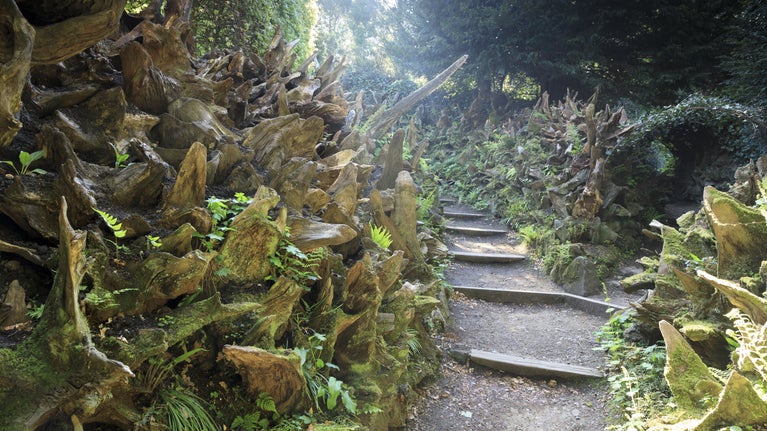
A showground of evergreen trees including fine examples of cedars, pines and redwoods. The trees have been planted on raised banks and mounds to elevate young trees and to showcase the root systems.
The trees come from all over the world including towering Coastal Redwoods originating from America and a collection of mature monkey trees originally from South America.
Home to a grand collection of Sequoiadendron Giganteum trees, better known as Wellingtonia Trees. During the garden’s major restoration period in the 1990s, the avenue was replanted with seedling grown from seeds harvested from a Wellingtonia originally planted in the Pinetum. At the end of the avenue sits the largest stone urn in Britain.
The original entrance to the garden, the Geological Gallery is a Victorian curiosity. The gallery contains a selection of fossils and geological strata, separated into bays numbered according to the days of creation, as told by the Christian Story of Genesis.
It is an attempt by the garden’s creator’s (James Bateman) to reconcile his strong Christian beliefs with then ground-breaking mid century 19th century geological knowledge.
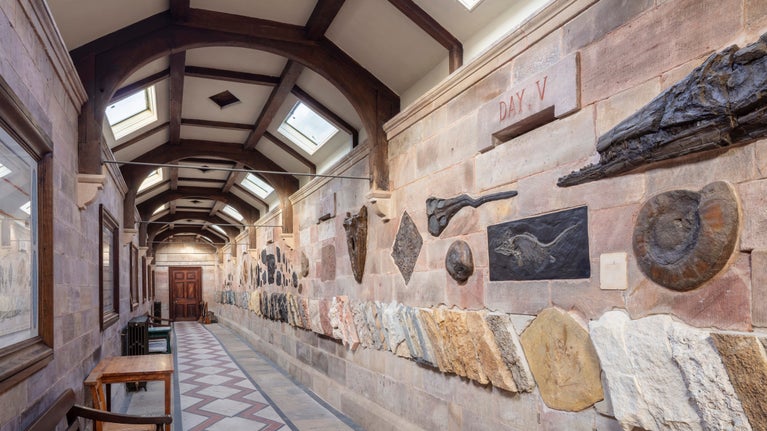

Find out when Biddulph Grange Garden is open, how to get here, the things to see and do and more.
Pick up a tasty treat in the Tearoom, grab a must-have in the Shop or select a new read from the Second-hand Bookshop. Read all about eating and shopping at Biddulph Grange.

Read about the people that shaped Biddulph Grange Garden, the people that created it and its legacy.

Discover more about the work currently being undertaken to care for Biddulph Grange Garden.

Groups have been coming to Biddulph Grange Garden since Victorian times. With guided tours and self-led visits, discover what makes this Grade I listed garden so special.

If you’re interested in volunteering at Biddulph Grange Garden, please keep checking for future opportunities.

From 18th-century water gardens and Arts and Crafts landscapes to intimate woodland gardens, there are so many places to discover.
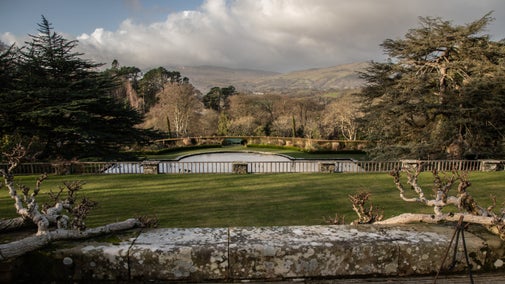
Discover our gardeners’ top tips so you can make the most of your garden, plot or window box.
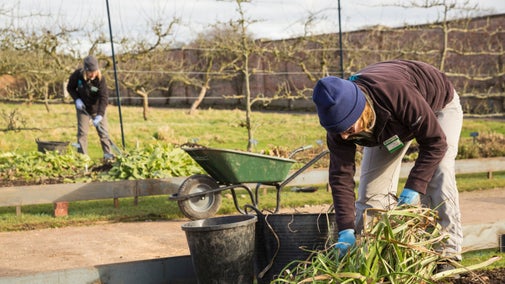
From masterpieces of Victorian garden design to open parklands, there are plenty of beautiful leafy places to explore in Shropshire and Staffordshire.
